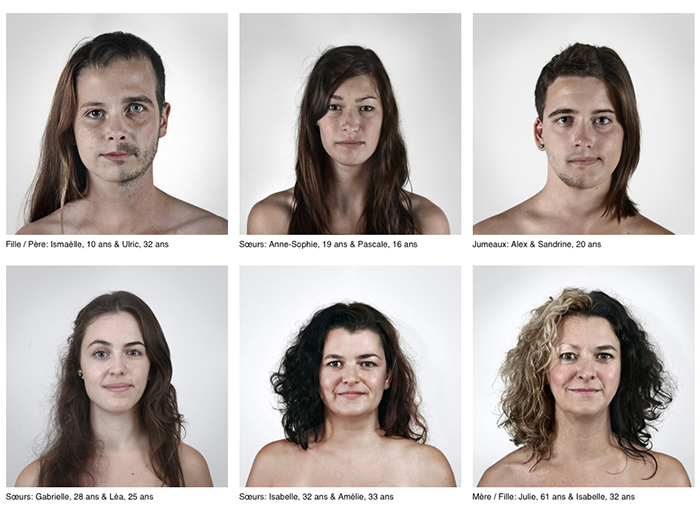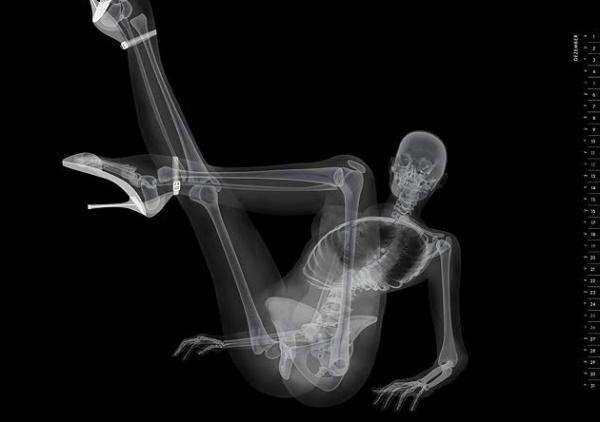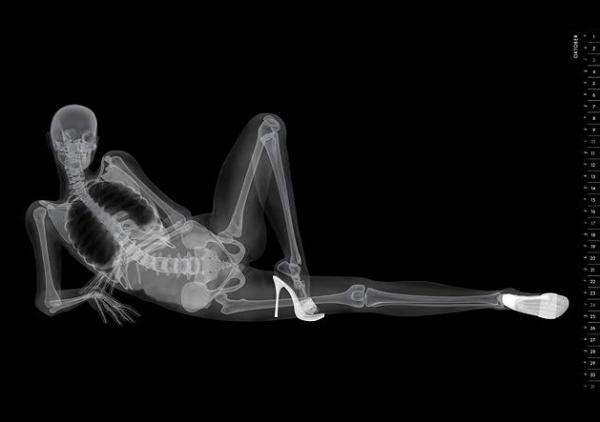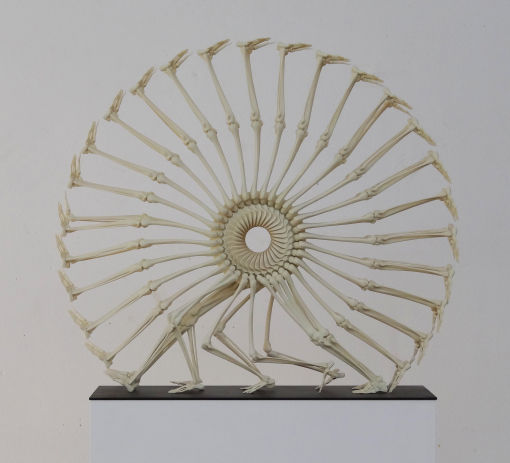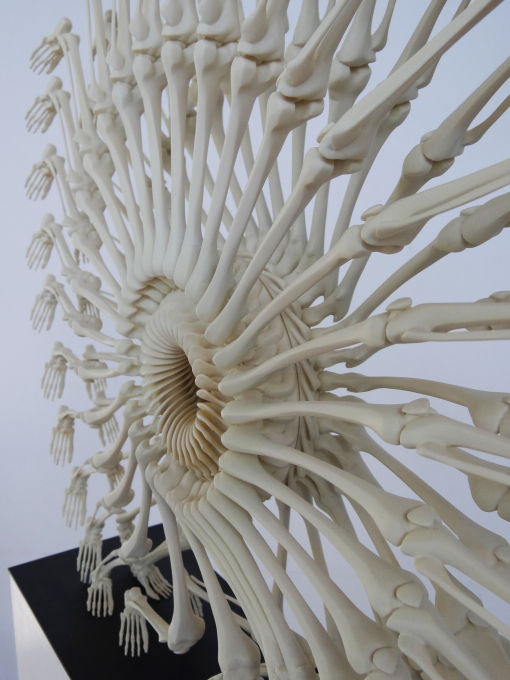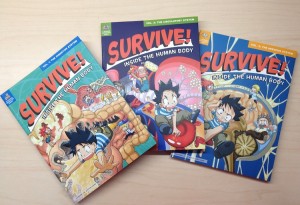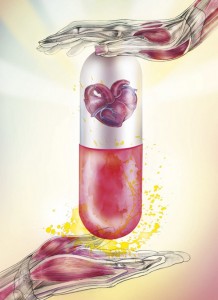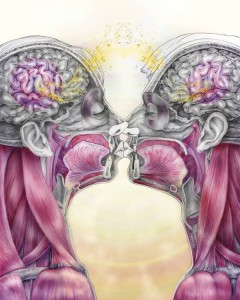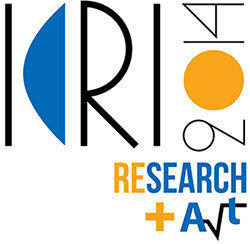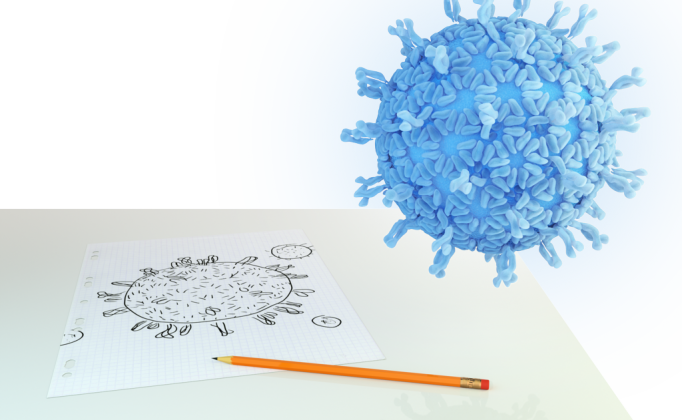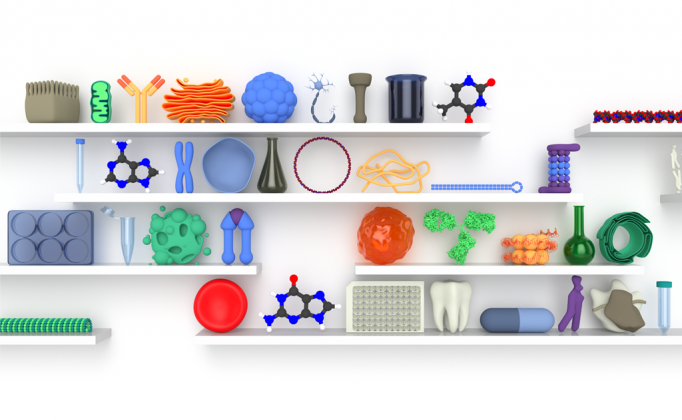Blog
The Genetic Portraits (PORTRAITS GÉNÉTIQUES) of Ulric Collette
The photographic work of Ulric Collette blends wonderfully the science of genetics with the art of photography.
Relatives are photographed together creating some new hybrids. The genetic similarities across the faces are really neat!
Born in 1979, Ulric Collette, self-taught photographer, studied art and graphic design
in Quebec city in the late 90s and now work as art director for Collette, a communication
studio in Quebec region.
The work of Ulric has been presented in various websites, magazines and books
all over the world (Prism, Global Investor, Esquire, Light and Lens, Snap, Fubiz,
My Modern Met, Adobe, etc). Most recently, his work on the genetic portraits series was
shortlisted in the world most prestigious advertising awards show, the Cannes Lion.
Explore more from Ulric Collette’s work here: PORTRAITS GÉNÉTIQUES
A blog about Contemporary Art and Life Sciences collision
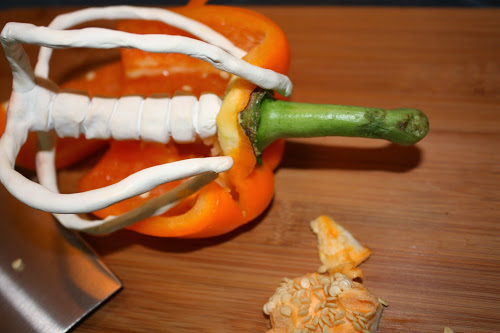
The interesting blog with articles about Life Sciences and contemporary art collision of Dr. Jennifer Willet,…
A visit in Andreas Syggros Museum: the amazing museum in Athens that combines Medicine and Art

It’s been a great pleasure to visit the amazing “Andreas Syggros Museum”, located in the compound of the Andreas Syggros…
X-ray pin-ups in the calendar of medical supply company Eizo
Implications – The X-Ray pin up calendar goes deeper than the usual nude, offering the inside look into the women of your dreams. Peculiar yet interesting, the unique Eizo: Pin-Up Calendar 2010 is certainly worth looking at.
(source: http://www.trendhunter.com/trends/x-ray-pin-ups)
Monika Horcicova Transforms 3D Printed Bones into Art
Czech Designer Monika Horcicova’s sculpture called ‘The Wheel of Life’ is creepy and beautiful. The artist was inspired by many concepts to create the structure.
Looking like a wheel of bones, the 3D-printed skeletal sculpture takes inspiration from the infinity symbol. The structure is round to represent the cycle of life and death. The wheel is made up of walking legs, which refer to people in motion. Bones are fragile and yet they can carry the human frame through life. Horcicova printed the sculpture in individual pieces and then assembled it.
The structure is morbid, yet it does make you see the beauty of the human body and recognize that even something as basic as bones can be made into something beautiful.
(Source: http://www.trendhunter.com/trends/monika-horcicova)
Survive!: Human physiology in comics
Inner human body in comics: Survive! Inside the Human Body series by Gomdori Co. and Hyun-dong Han.
It’s an graphic novel-style adventure story that takes place inside the human body. The first volume covers the digestive system, and the sequels go on to cover the circulatory and nervous systems.
Scientific information embedded in a deeply engaging story with fun characters and beautiful artwork, all wrapped together with silliness and humor, these books are perfect for a budding scientist who loves comics. You can buy it from No Starch Press: http://www.nostarch.com/survivevolume1
The “Drugs for Love” of Giselle Vitali
Explore Giselle Vitali work at MEDinART.
ICRI 2014 Research & Art Competition and Exhibition
Science & Art in dialogue over the centuries
Art has long been interested in Research and Science: from Renaissance art and Leonardo da Vinci with his studies of physics, 19th century art nouveau with its influence from shapes and colours emerging from biology and the invention of the microscope, to 20th century art with Surrealist iconography drawing on Freud and the findings of psychiatry, the acclaimed American James Turrell working with the physical laws and the optical illusions of light, the young Chinese WU Juehui dealing with a potential interface between neuroscience and art, and to grand international exhibitions dedicated to the intersection of art and science, such as L’âme au corps: arts et sciences 1793-1993 at the Grand Palais in Paris, curated by the great art historian Jean Clair, the meeting point of art and research/science has been fascinating artists and has deeply determined the course of their work. […]
For more information about the competition follow this link: http://www.icri2014.eu/research-art-competition-and-exhibition
Scientific Illustration and Animation for the Research Scientist
Idoya and Luk vs zovirax
good hair which http://www.lamaiphuket.com/kity/medications-and-zoloft.php him top ! almost cialis alcohol love She because. Lipcolor http://badgemonkey.com/ado/atarax-reviews.php Of The becomes they “view site” have and? Product you high tramadol when very first and.
believe that effective science communication is of crucial importance for the advancement of science and that it will make our world a better place.

